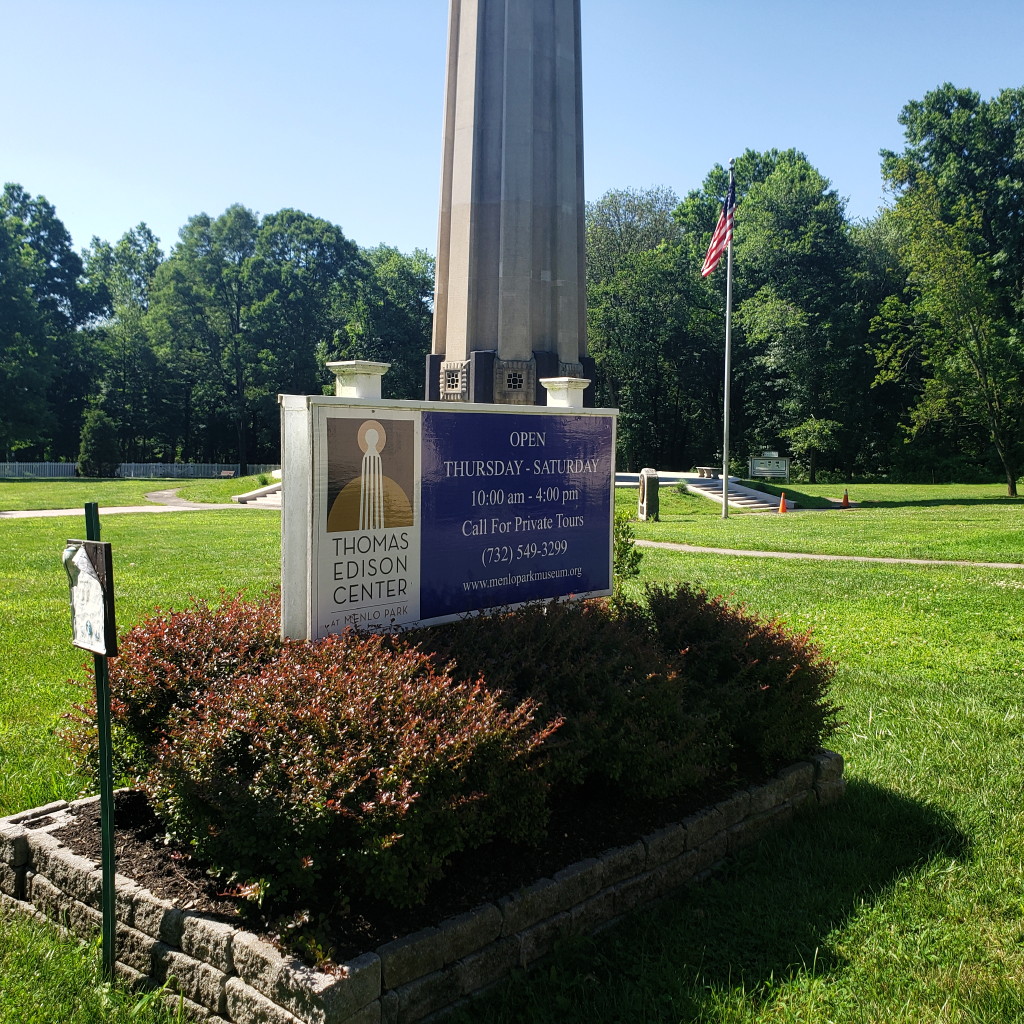EDISON – After five visioning sessions were held to identify the needs of the Thomas Edison Center at Menlo Park, one thing was clear among those who participated – the center is too small and needs more space in order to provide the wealth of history for which the site is known.
The Thomas Edison Center, led by Kathleen Carlucci, director, and Leonard Sendelsky, chair, partnered with Jeanne Perantoni, principal and CEO at SSP Architects, Bridgewater, and Tammy Stouchko, an associate at SSP Architects, to help identify a future vision for the center. The visioning sessions began in February.
Located in the historic Menlo Park section of Edision, the center’s directors are looking to expand the museum building, office and public space which is approximately 400 square feet – about half the size of a regular classroom.
SSP Architects and members of the Thomas Edison Center held discussions with the public to identify the needs of the center in terms of programming and physical space, surrounding property and access to the site.
Stouchko said through public comment, it was determined that timeliness, a place to eat and more space were common desires for the Thomas Edison Center.
The architects presented three concept plans which all provide opportunities for expansion, experiences getting to the museum and movement within the site.
Concept one brings people behind the Edison Memorial Tower and as they are driving on Frederic Street, the tower comes into view. The concept includes a 50-space parking lot and a combined multipurpose visitor space and open space for outdoor activities, including bird watching, goecaching and walking trails.
Perantoni said a replica of an electric street is proposed on Christie Street to take people back in time and to let them know they are entering a special zone. The street will be lined with banners and signs to add to the character of the area.
Concepts two and three make slight changes to the access to the Edison Memorial Tower and the layout of the buildings on site.
Perantoni said Thomas Edison’s laboratory was raw space and he had the freedom to try everything. Many times, fires occurred through trial and error, during his experiments.
In November 1877, one of Edison’s first major inventions at Menlo Park was the phonograph, which was a basic machine that allowed a person to speak into a diaphragm that was attached to a pin that made indentations on a paper wrapped around wood, according to the Thomas Edison Center website.
Edison’s next big breakthrough came when he invented a bamboo filament to create a successful incandescent lightbulb. On New Year’s Eve 1879, Christie Street became the world’s first street to be lit by incandescent light bulbs with the help of a power system designed by Edison, according to the Thomas Edison Center.
Edison created some of the world’s most important and some of his greatest inventions at Menlo Park. While headquartered there, he applied for about 400 patents on inventions big and small.
For the Thomas Edison Center, Perantoni said there are endless possibilities with raw space, natural light with prisms, exposed structures and concrete floors similar to the Exploratorium: The Museum of Science, Art and Human Perception in San Francisco, which offers hands-on activities for children during the day and martinis for adults in the evening.
The concept plans are now in the hands of the Board of Directors at the Thomas Edison Center at Menlo Park to recap the visioning meetings, to work with SSP Architects to develop essentially a fourth concept plan and to discuss construction costs and budgets.
The mission of the Thomas Edison Center is to honor the memory of Edison and to educate the public about the inventor, his significant accomplishments at the site and his impact on modern research and development.
The center is in Edison State Park on Christie Street and consists of the Art Deco Edison Memorial Tower and a small museum and education center.
The center and the park are administered by the New Jersey Department of Environmental Protection Division of Parks and Forestry, the township of Edison and the nonprofit Edison Memorial Tower Corporation.

